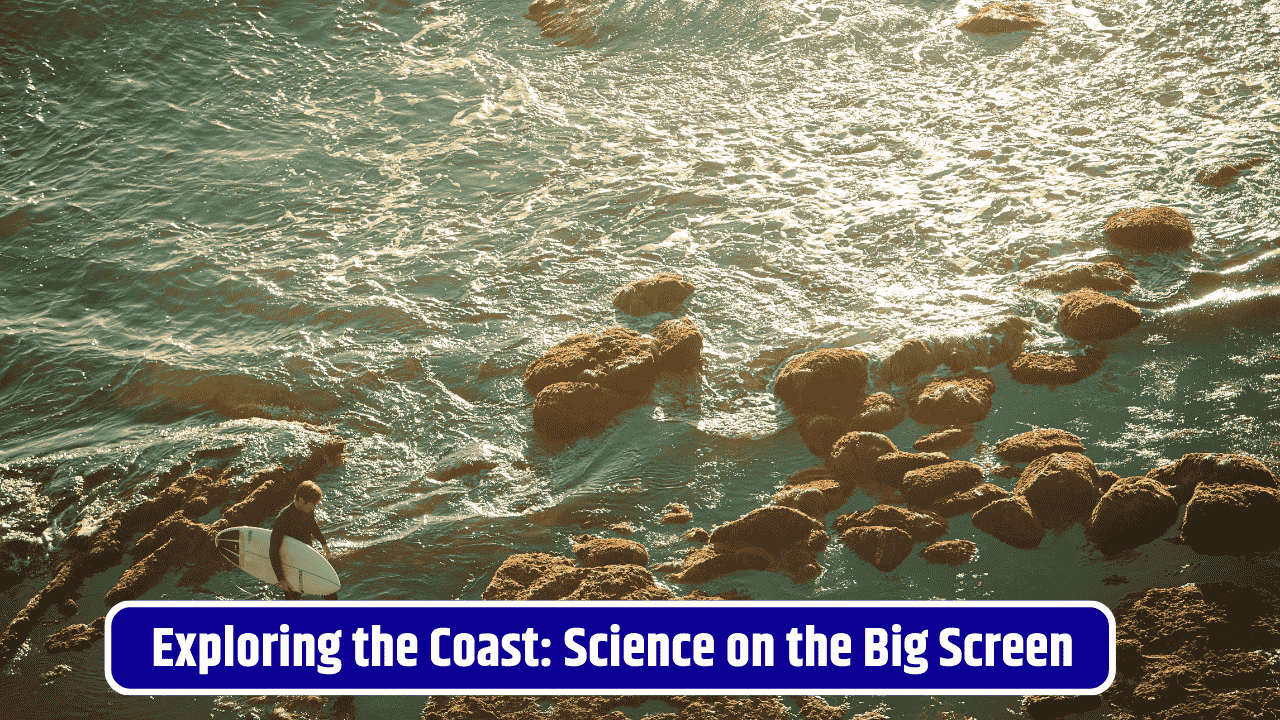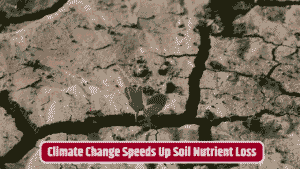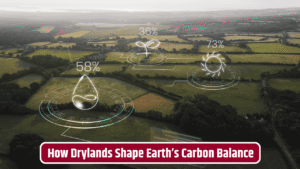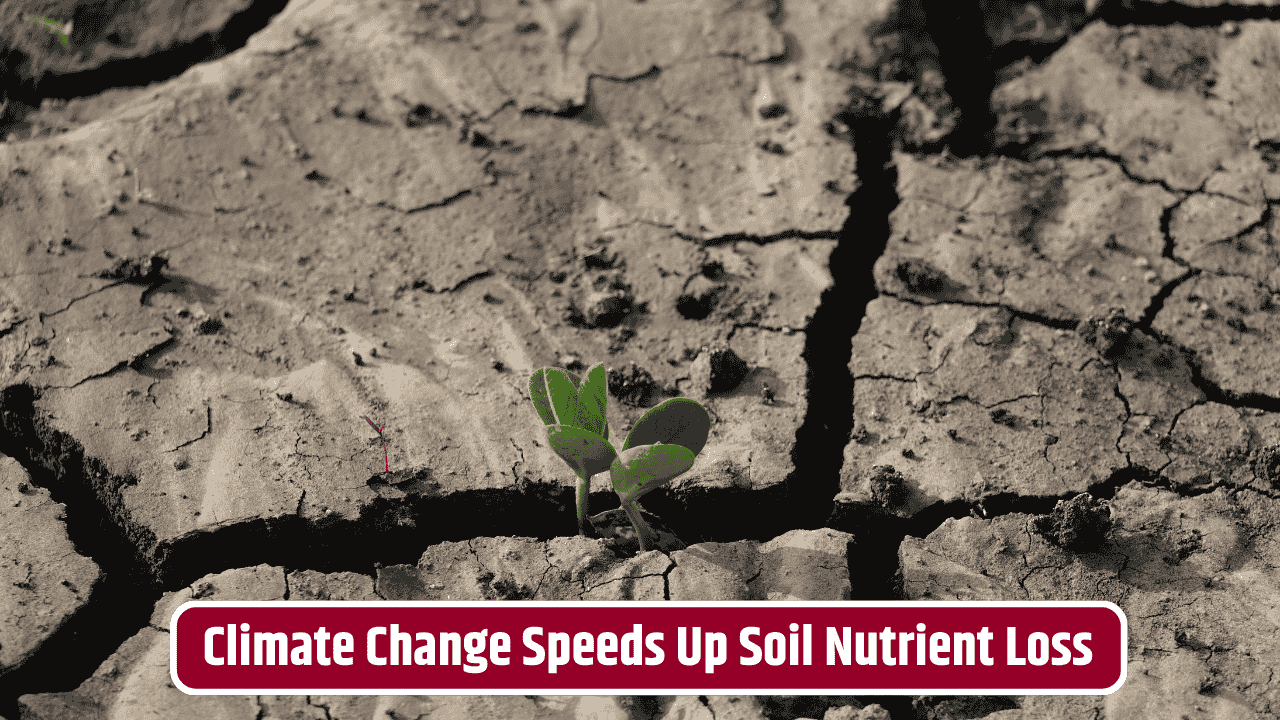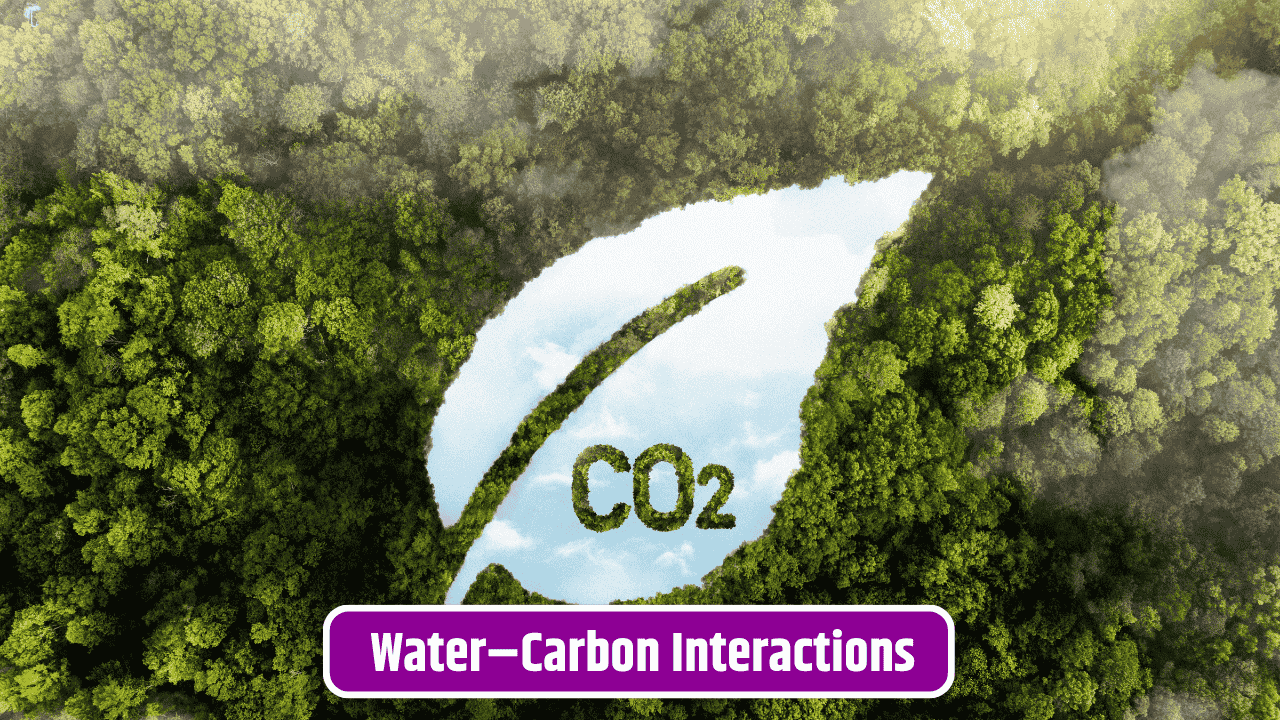When a serious science subject finds its way onto primetime television, it feels a little like watching your quiet, bookish cousin suddenly become the star quarterback. That’s what happened recently when coastal zone science—usually tucked away in research papers, NOAA reports, or university lectures—was featured in a major television documentary. The show pulled back the curtain on how coastlines are changing, why communities living by the sea should care, and what the future might look like if we don’t get our act together.
Table of Contents
Why Coastal Zones Matter More Than You Think
Most of us think of the beach as a vacation spot—umbrella drinks, sunscreen, maybe a quick dip in the waves. But coastal zones are so much more than pretty backdrops for Instagram shots. They’re ecosystems buzzing with life, natural buffers against hurricanes, and economic engines for fishing, shipping, and tourism. According to the U.S. National Ocean Service, nearly 40% of the U.S. population lives in coastal counties. That’s a staggering concentration of people and money squeezed right up against the edge of rising seas.
The documentary highlighted how delicate this balance is: wetlands vanishing under development pressure, barrier islands shifting with every storm, and entire communities debating whether to build taller sea walls or retreat inland. It’s not just “science for scientists”—it’s real life for millions of people.
Science Meets the Small Screen
Usually, coastal science is hidden behind technical jargon—“erosion dynamics” or “anthropogenic stressors” doesn’t exactly scream must-see TV. But this documentary managed to make the subject feel gripping, almost cinematic. Using drone footage of barrier islands breaking apart, time-lapse animations of sea-level rise, and interviews with locals who’ve watched their backyards vanish, the show transformed data into a story anyone could follow.
And that matters. Because unless the science reaches regular people—homeowners, small business owners, even the kids growing up near the shore—policy debates can feel abstract. With climate change debates still raging, putting coastal zone science on a platform that millions tune into on a Tuesday night is no small win.
The Financial Undercurrent
Here’s the kicker: this isn’t just an environmental tale; it’s a financial one. Flood insurance rates, property values, infrastructure costs—these are pocketbook issues. A single hurricane can wipe out billions, and federal disaster relief money only stretches so far. The Federal Emergency Management Agency (FEMA) has been ringing alarm bells for years about the cost of coastal disasters, but numbers in a PDF rarely hit as hard as a family showing their ruined living room on TV.
Investors, too, are paying attention. Real estate markets along vulnerable coastlines are starting to reflect the risks, with banks and insurers tightening their policies. Coastal zone science, once a niche academic pursuit, is now a factor in financial planning, mortgage approvals, and even municipal bond ratings.
Stories That Stick
What makes television different is its ability to capture human stories. A scientist can explain that a wetland reduces storm surge by absorbing wave energy, but when you see footage of a town that survived a hurricane largely intact because of its marshlands, the point lands. The documentary underscored that solutions aren’t always about billion-dollar engineering feats; sometimes, protecting a patch of oyster reef is worth more than a seawall.
Here’s a quick look at the types of coastal protection strategies the documentary highlighted:
| Strategy | Example | Cost Impact | Long-Term Benefit |
|---|---|---|---|
| Seawalls & levees | Miami Beach raising roads, New Orleans levee system | High upfront, high maintenance | Strong defense but limited flexibility |
| Wetland restoration | Louisiana’s marsh rebuilding projects | Moderate | Natural buffer, ecological benefits |
| Managed retreat | Relocating towns in Alaska | Costly & controversial | Avoids repeat losses |
| Living shorelines | Oyster reefs, mangroves | Moderate | Self-sustaining, improves biodiversity |
Why This Matters Now
With hurricane seasons becoming more intense and global sea levels steadily rising, this documentary couldn’t have landed at a more critical moment. Policymakers in Washington are wrestling with infrastructure bills, while states like Florida and North Carolina are weighing billions in coastal defense projects. Seeing coastal zone science framed not as dry charts but as lived experience gives the public a voice in those decisions.
Fact Check
The documentary isn’t hype—it’s built on decades of research. The Intergovernmental Panel on Climate Change (IPCC) has repeatedly warned of coastal vulnerabilities, and U.S. agencies like NOAA have extensive open data tracking shoreline change. While TV sometimes leans dramatic, the science on sea-level rise, erosion, and storm impacts is rock-solid.
FAQs
What exactly is “coastal zone science”?
It’s the study of shorelines, including physical processes (like erosion and tides), ecosystems, and human impacts.
Why did a major TV network feature it now?
Because rising seas and stronger storms are turning scientific theory into daily headlines, making it a mainstream concern.
How does this affect homebuyers and investors?
Flood risks and insurance costs are reshaping coastal property values and influencing lending decisions.
Is retreating from coastlines really an option?
Yes, though politically and emotionally difficult. Some Alaskan and Louisiana communities are already relocating.
Where can I find reliable information on coastal risks?
Government sources like NOAA and FEMA provide up-to-date, publicly available data.

